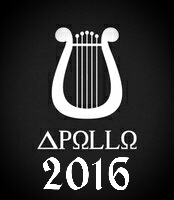Dharma has a variety of meanings in the Indian culture depending on your chosen religion. However, a general interpretation, if we were to look at Hinduism, Buddhism, Sikhism, and Jainism, is “the right way of living” and “the path of righteousness.” One could make the argument that dharma is the moral code by which these religions rely on. Those who practice Hinduism believe in reincarnation and that karma determines person’s next existence, karma is the actions undertaken by the body and mind. In order to achieve good karma it is important to live life according to dharma, what is right. (aboutreligion.com)
In The Ramayana, the main focus is on the life of Rama. Rama is considered a hero in Hindu culture because he lives his entire life following the rules of dharma. He is a perfect son allows going along with his father’s will. He was a faithful and ideal husband to Sita and later a grand and responsible ruler.
He is not the only character that practices and displays good dharma in this story. His brother, Bharatha, learns that his mother has used one of her wishes to have Rama exiled. He knows that dharma requires that the eldest son rule and therefore promises to Rama that he will hold the throne as regent until Rama is able to return from exile. (pg. 60-61)
Rama’s wife, Sita, upholds dharma by remaining at her husband’s side and going with him into exile even though she herself was not exiled, because it is a family’s duty to remain faithful to one another and stick together. (pg. 53)
I think we could all use a little more dharma in our lives.


